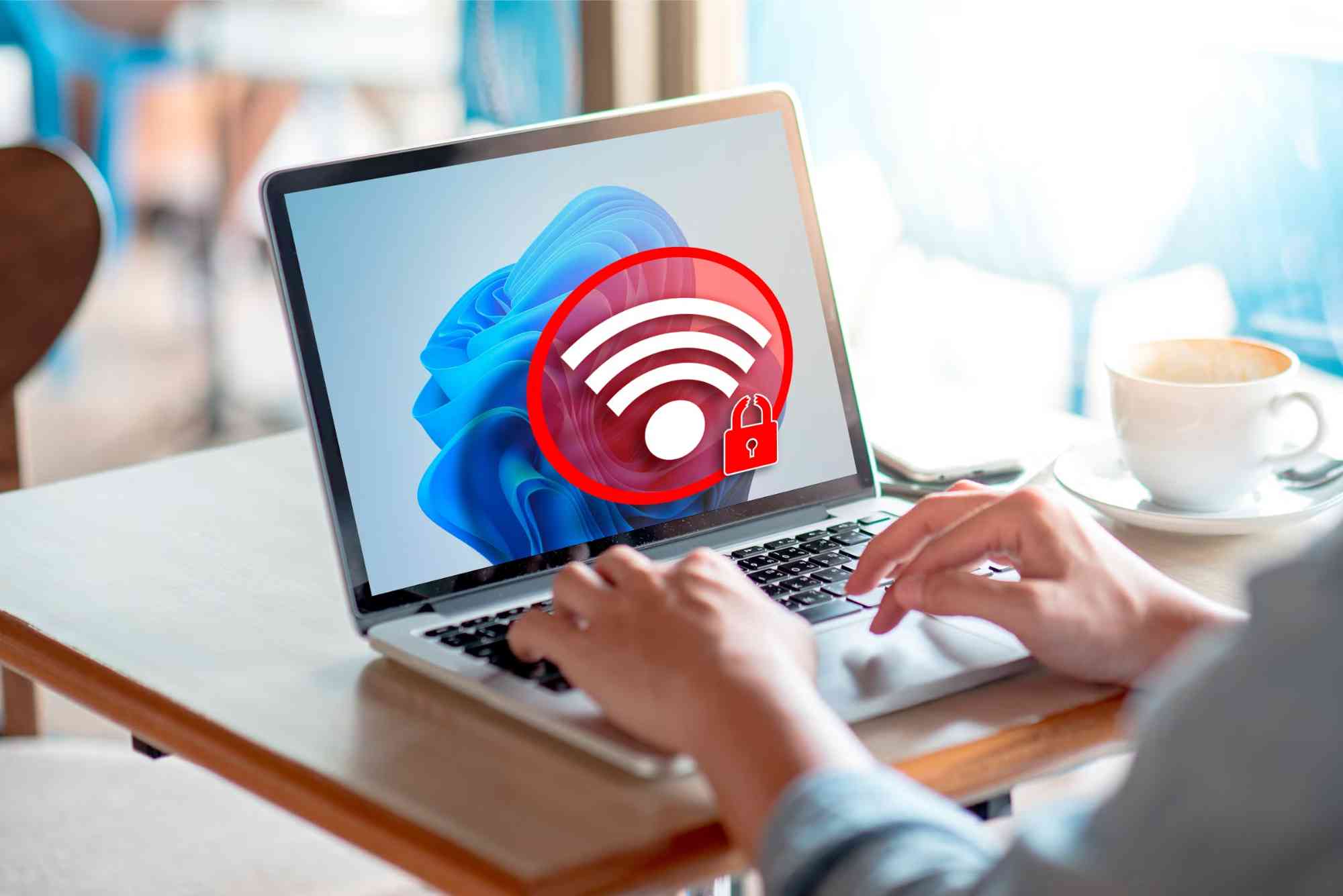Introduction
Few things are more frustrating than seeing your Wi-Fi connected but with no internet access. You open your browser, try to load a page, and get nothing. It’s a common issue, but the good news is—it’s almost always fixable. Whether the problem lies in your router, modem, or ISP, you can often troubleshoot and fix it yourself without calling support.
In this detailed guide, you’ll learn how to fix router no internet access using easy, step-by-step methods. From checking cables to resetting your DNS, we’ll walk you through every possible cause and solution.
Understanding the “Connected But No Internet” Problem
When your device says connected but no internet, it means your router is working locally—it’s sending Wi-Fi signals—but it’s not receiving data from your internet service provider (ISP). In other words, your device can “talk” to your router, but your router can’t “talk” to the internet.
This issue can happen for many reasons:
-
A malfunctioning modem or router
-
A temporary ISP outage
-
Incorrect IP or DNS settings
-
Firmware bugs or outdated router software
-
Misconfigured cables or hardware
The key is to identify where the connection breaks—and that’s exactly what the following sections will help you do.
Check Your Internet Connection
Before assuming your router is at fault, confirm that your internet service is working.
Unplug the router and connect your computer directly to the modem using an Ethernet cable. If your PC connects to the internet, the issue lies in your router. But if it doesn’t, the problem might be with your modem or your ISP.
You can also check your ISP’s status page or call their support line to see if there’s an outage in your area. Many providers, such as Dhanote Internet Services, offer live outage information and quick assistance for customers.
Restart Your Router and Modem
It sounds simple, but rebooting often solves most connection issues. Power cycling clears temporary glitches and re-establishes communication between devices.
Here’s how to do it:
-
Unplug both the router and modem from the power source.
-
Wait at least 30 seconds.
-
Plug in the modem first and let it fully start (watch for all indicator lights).
-
Then plug in your router and wait for it to boot up completely.
Once both devices are online, check if the internet connection is restored.
Check Router Indicator Lights
Your router’s LED lights tell you a lot about what’s happening.
If the internet or WAN light is red, orange, or blinking unusually, it means your router isn’t communicating properly with your modem or ISP.
Here’s what the lights typically indicate:
-
Power light – should be solid.
-
Internet light – should be green or white; red means no connection.
-
Wi-Fi light – blinking means devices are connected and active.
If your internet light stays red even after restarting, move to the next step.
Inspect All Cables and Ports
Loose or damaged cables are a common reason routers lose internet access.
Check the Ethernet cable connecting your modem and router. Ensure it’s snugly plugged into the correct ports—usually labeled “WAN” or “Internet” on the router. Replace the cable if it looks worn or frayed.
Also, ensure the coaxial or fiber cable running from your wall socket to your modem is secure. Sometimes, even a slightly loose connector can interrupt your connection.
Run Windows or Mac Network Troubleshooter
If you’re on a computer, use the built-in network troubleshooting tool.
On Windows:
-
Right-click the network icon in your taskbar.
-
Select Troubleshoot problems.
-
Follow the on-screen prompts to detect and fix issues automatically.
On Mac:
-
Go to System Settings → Network → Assist me → Diagnostics.
These tools often reset configurations or identify IP/DNS conflicts that may be blocking access.
Check IP Address and DNS Settings
Incorrect network configurations can cause the “no internet” issue even when your router is fine.
Reset Your IP Address
Open the Command Prompt (Windows) or Terminal (Mac) and run the following commands:
ipconfig /release
ipconfig /renew
This forces your device to request a new IP address from the router.
Reset DNS
Sometimes DNS servers (which translate website names to IP addresses) stop responding. Try switching to a public DNS like Google DNS:
-
Preferred DNS: 8.8.8.8
-
Alternate DNS: 8.8.4.4
You can update this in your network settings under “DNS” or “Internet Protocol Version 4 (TCP/IPv4).”
After saving changes, restart your connection.
Update Router Firmware
Outdated firmware can lead to connectivity bugs, security issues, and performance drops.
To update your router firmware:
-
Log into your router’s admin panel (usually 192.168.0.1 or 192.168.1.1).
-
Navigate to the Firmware Update or System Update section.
-
Check for updates and follow on-screen instructions.
Make sure you do this using a wired connection to prevent interruptions during the update.
Disable Security Software Temporarily
Sometimes, your firewall or antivirus can block the internet connection unintentionally.
Temporarily disable them and check if the connection works. If it does, adjust the settings or add your network as a trusted source.
Be cautious: Always turn the security back on once you’ve identified the issue.
Reset Network Settings or Router
If all else fails, reset your network settings or the router to factory defaults.
For Windows:
Open Command Prompt and run:
netsh winsock reset
netsh int ip reset
Restart your PC afterward.
For Router:
Press and hold the reset button on the back of your router for about 10–15 seconds until all lights flash.
After resetting, reconfigure your network name (SSID), password, and settings as per your ISP instructions.
Contact Your Internet Service Provider
If none of the above steps work, the problem may lie with your ISP.
Contact customer support and explain that your router connects but there’s no internet. Provide them with your router model, account details, and light status. They can remotely check your connection and reset it from their end.
Many ISPs, like Dhanote Internet Services, offer 24/7 support and remote diagnostics to help customers restore connectivity quickly.
Why Does This Happen Frequently?
The “connected but no internet” issue happens for several recurring reasons:
-
ISP maintenance or temporary outages
-
Power surges affecting modem or router
-
Overheating routers
-
Firmware incompatibility
-
Incorrect DNS or gateway settings
Keeping your router updated, cables secure, and configurations correct can prevent many of these issues.
Preventive Tips for a Stable Connection
-
Restart your router weekly. It keeps the cache clear and prevents slowdowns.
-
Place your router properly. Keep it in an open area away from thick walls.
-
Use surge protectors. Protect your devices from voltage spikes.
-
Regularly update firmware. Security and stability depend on it.
-
Monitor your data plan. Some ISPs limit speeds after data thresholds.
By following these small habits, you can drastically reduce connection interruptions.
FAQs
Why is my router connected but showing no internet?
It usually means your router is functioning, but it can’t communicate with your ISP due to a signal, DNS, or configuration issue.
Can outdated firmware cause internet issues?
Yes. Outdated firmware often contains bugs that affect performance. Updating it ensures stability and compatibility with your ISP.
How long should I wait after rebooting my modem and router?
Wait about one to two minutes for all lights to stabilize before testing your connection again.
What if only one device can’t access the internet?
The issue is likely local—clear your device’s cache, renew the IP, or forget and reconnect to the network.
Does resetting the router delete my Wi-Fi password?
Yes. Factory resetting erases all custom settings, including passwords and network names. Reconfigure them afterward.
When your router is connected but there’s no internet, it can feel like your entire day is on pause. Thankfully, most causes are simple—loose cables, software glitches, or temporary outages. By following the steps in this guide, you can confidently fix router no internet access without needing technical support.
If you’ve tried everything and still face problems, contact your ISP for professional help. Reliable providers such as Dhanote Internet Services can quickly diagnose and restore your connection, keeping your home or business online around the clock.








